This story starts back in September of 2015, with routine annual inspections by the U.S. Dept. of Housing and Urban Development at the Eureka Gardens apartment complex in Jacksonville, Fla. A quick Google search about the complex will give you a clear idea of the state of the complex, and the area of the city where these apartments stand. Some outspoken tenants at the complex had been complaining about mold, which made local news headlines, and a HUD investigation confirmed their suspicions.
At first, it was unclear what direction the case was going to go, but crews at Restoration 1 Jacksonville were ready. Owner Jeff Santana and his salesperson went to visit the tenants. Santana says at first, the complex hired a different company to mitigate the mold, but they were failing indoor air quality tests. That’s when Santana’s team got involved, and the job grew exponentially.
“It started with one apartment, which had already been made ready for occupancy, but failed an air test,” he explained. “Imagine walking into an apartment and everything has been painted, but you have to find the source of the mold problem and fix it.”
Santana’s crew was able to quickly pinpoint the mold source: a window-mounted A/C unit. When the units aren’t installed correctly, water can come back inside and into the drywall. In a place like Florida, that constant dampness just festers and you are pretty much guaranteed to see mold growth. As an added hurdle, the buildings were old. Santana’s team effectively removed the mold in the first apartment, and passed all the tests, and that’s when the job really started to take off.
The first approval
“Once we passed the first test, the building management, on behalf of the owners, were pleased and gave us five more jobs,” Santana said. “Once those passed, they added 20 more. We didn’t really have an end date, we just tackled them as fast as we could, and added a few more people to the crew.”
Santana said in the beginning, it was a fairly standard process: go in, scope it out, find what was causing the mold problem, and mitigate it.
But it wasn’t really that easy. Restoration 1 had to submit bids to apartment management to be approved before starting mitigation. They also had to be on top of necessary rebuilds and retesting. In time, Santana said they established a rhythm – doing two or three apartments a week, with a crew of six to eight people.
“Then we got hit,” Santana said. “We had been very successful at these jobs, and passing tests, so soon we had a total of 248 units on our hands to remediate. I had to quickly figure out how to get through all those apartments.”
Speed it up
In the beginning, Santana’s team had been doing three or four apartments a week. But to meet the new deadline for remediating all 248 apartments, they were suddenly staring at a four-a-day requirement. Later, this would change when HUD sent in their desired timeframe for the work to be completed.
In the beginning, Santana was involved in the day-to-day cleanup and remediation. Now, he was forced to look at it from the project management side, and approach the whole thing differently. He grouped people by skillset. One group would scope out the apartment, another could do the demo, prep, and cleaning, and another would do the reconstruction.
“That worked!” Santana said. “We were remediating about four apartments a day, and very successfully passing IAQ tests.”
However, passing the tests was not always easy. Air tests also get a read on contents, so sometimes the tenant’s personal belongings needed to be cleaned as well. Contents cleaning was set up on-site to help expedite this portion of the job.
New Task: 15 Apartments a Day
About a month after starting the job, they finally received a timeframe for remediation from HUD. Santana says this became a very political issue on the local and state levels, as evidenced by a number of local news organization stories about the mold problems at the complex. The new HUD deadline seemed nearly impossible. Santana’s crew now needed to remediate a whopping 15 apartments a day.
“This required a lot of refinement in team management and assignments,” Santana recalled. “This meant if there was too much demo, that crew could end up ahead of the cleaning and testing crews, or vice versa. We really had to manage where we placed our teams, how many people were doing what, and had to define individual roles even further.”
At this point, scopes had to be completed a week ahead of any physical work to be sure there was time for the work to be approved. Then, demo was done, then air tests, then reconstruction. By now, the crew that started as half a dozen had grown to 48 people working nearly around the clock.
The mold itself was almost always in the drywall, so the jobs involved a lot of removal and containment. They also found evidence of mold due to water leaks in bathrooms which also had to be remediated.
No easy task
Aside from the massive time crunch, there were some other somewhat unusual risks and hurdles in this job. For one, because most of the apartments were occupied, it was difficult to get access after-hours. Most of the work had to be done during the day, with the very occasional follow-up on weekends. Santana said sometimes tenants would be in their apartments all day, every day, during the remediation process, so setting up containment was sometimes a bit tricky.
He was also careful to choose a botanical product that could be used around sensitized individuals, children, and the elderly as a disinfectant and antimicrobial.
“From a scheduling standpoint, we did this job based on area, not availability,” he said.
It was also majorly important to track equipment and tools being used at the site. Santana ensured equipment was specifically assigned to each job, and tracked. He says they went through their fair share of little tools and other items that went missing, but were diligent enough in tracking that just one larger item – an air scrubber – went missing.
Fruits of good labor
When Santana and his team took the Eureka Gardens job, he had just opened his business after 30 years as an IT professional. September 2016 marked his first year in business, and what a year it has been. It is clear Santana is proud of the work he and his crew did at the apartment complex.
Santana and his crew met HUD’s deadline of May 1, 2016, and his business continues to grow.
“I believe his job did make us more recognizable,” Santana said. “It has certainly helped us land other larger hotel and apartment jobs.”
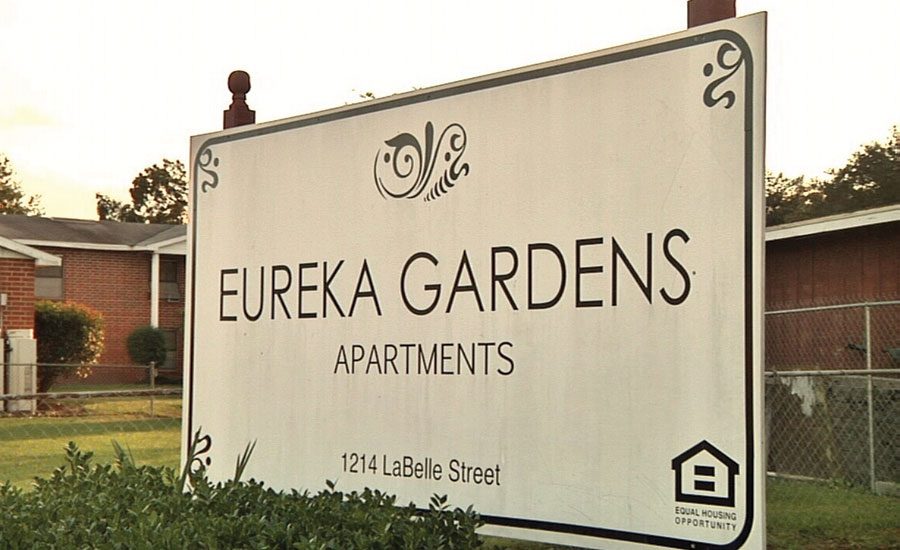


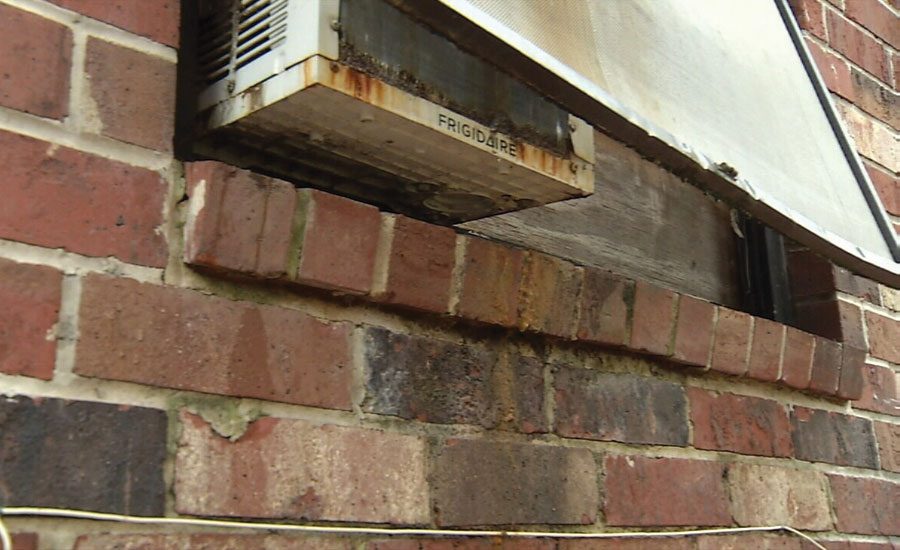


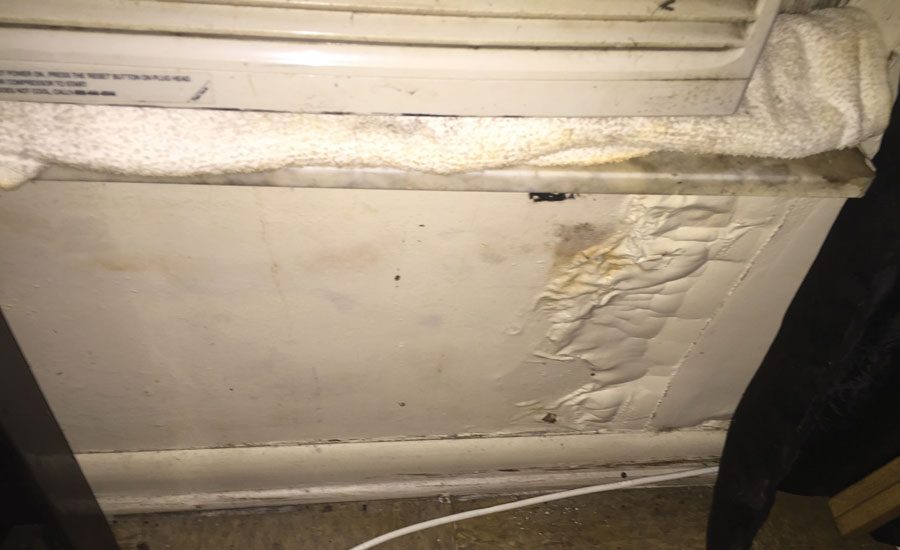
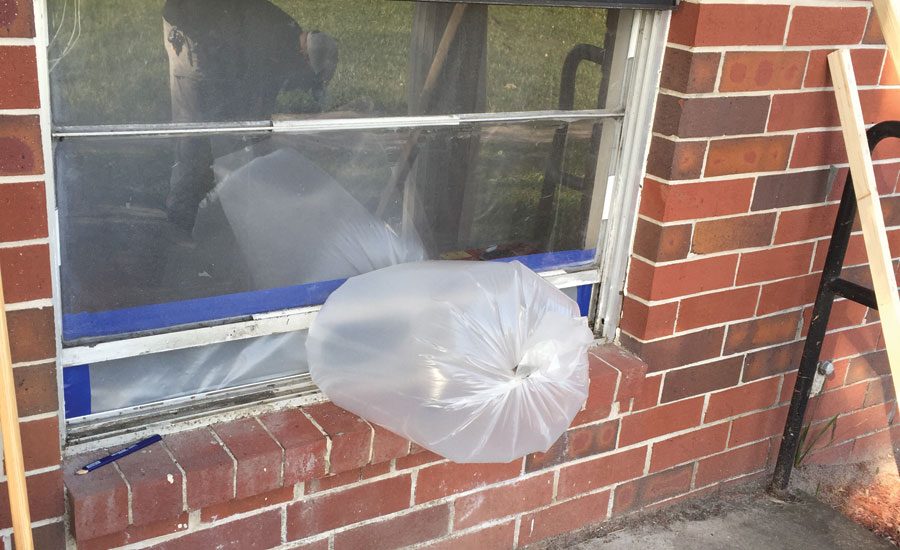
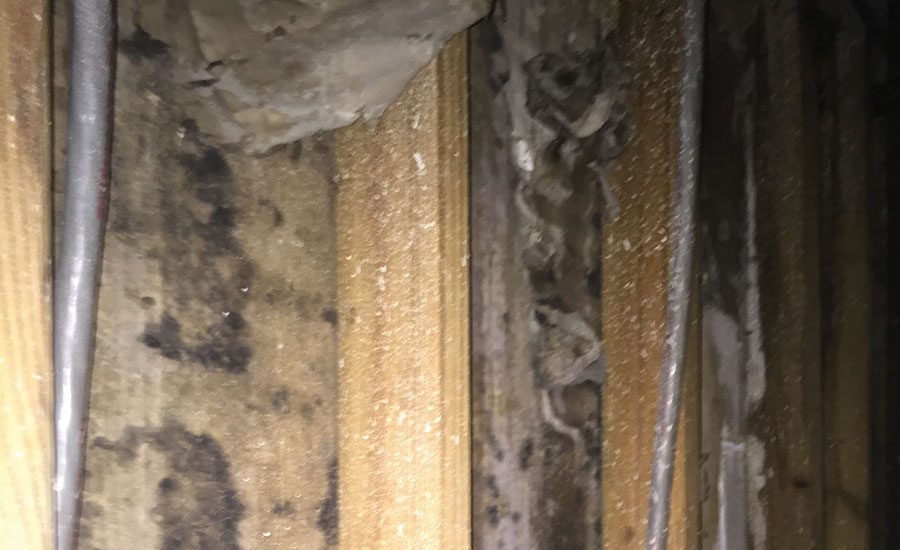
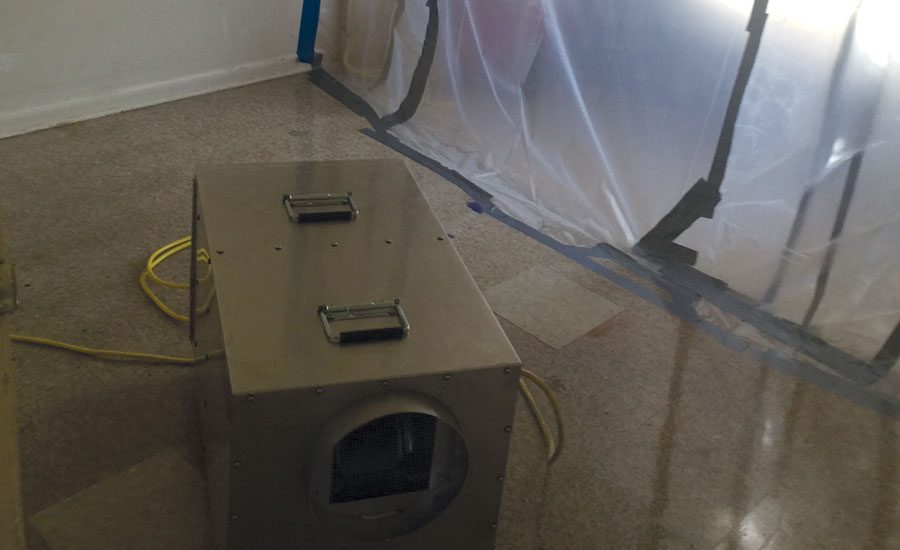
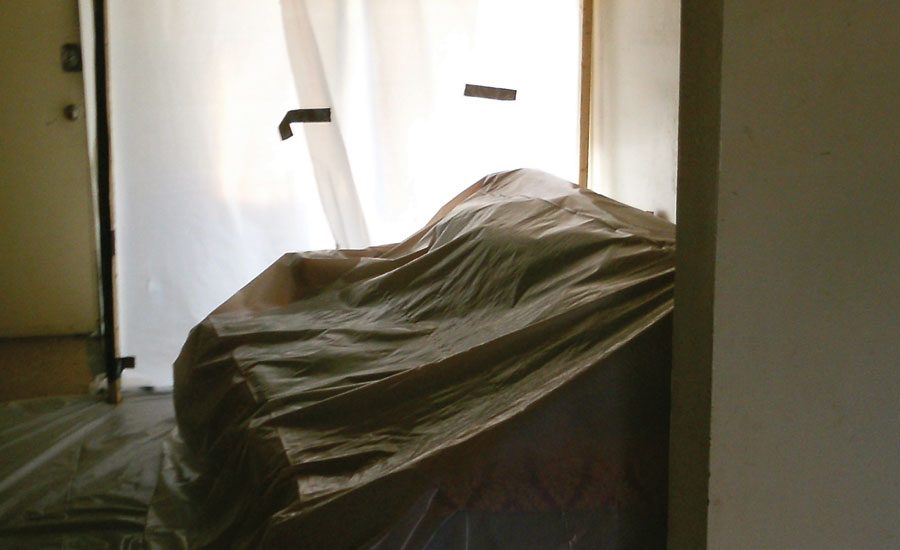

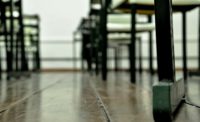
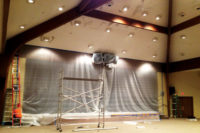
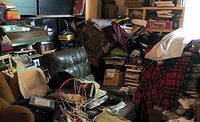
Report Abusive Comment